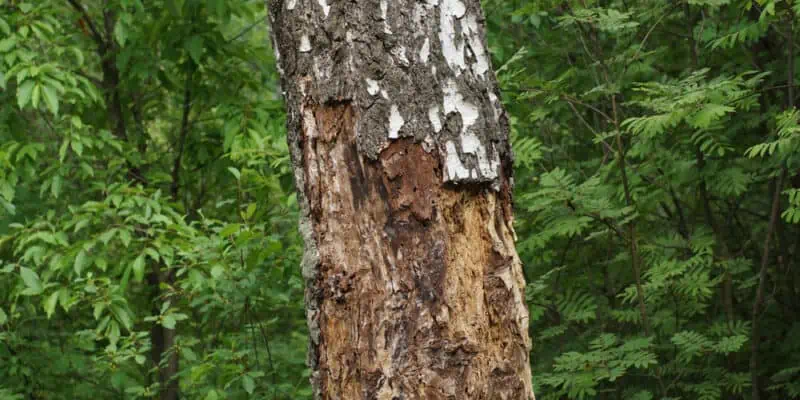Keep Your Trees Healthy and Vibrant with These Expert Tips!
Apple Scab: An Unsightly Foe
Apple Scab is a prevalent tree disease, often rearing its ugly head on fruit trees. It's caused by a fungus that develops dark, coarse spots on the leaves. Besides its unappealing look, it can weaken the tree over time. Especially concerning is its effect on apple trees, as the name suggests, but other fruit-bearing trees aren't safe either.
To combat Apple Scab, it's essential to inspect the leaves of your trees regularly. By spotting the signs early, you can prevent its rapid spread. Proper spacing between trees is another preventative measure. For those already dealing with an infestation, fungicides have proven to be an effective treatment. And remember, a yearly check-up by a Competition Tree expert can be a real game-changer.
Powdery Mildew: The White Ghost
One of the more easily identifiable tree diseases, Powdery Mildew presents itself as a white, powdery substance covering leaves. At first glance, it might not seem too concerning. However, if allowed to spread unchecked, it can seriously hamper a tree's ability to photosynthesize, which can hinder growth and vitality.
The onset of Powdery Mildew is typically during warm, dry seasons. To prevent its emergence, trees should be placed where they can receive ample sunlight. Organic fungicides can be an effective treatment. Additionally, increasing air circulation around the tree can deter its development.
Root Rot: The Hidden Killer
Root Rot is aptly named. Often, by the time its presence is detected, it has already wreaked havoc on a tree's root system. Overwatering and soil that doesn’t drain well are prime causes for this silent killer. Above ground, signs can be subtle – yellowing leaves and a noticeably thinning canopy might be the only initial hints.
To prevent root rot, ensure your tree is in soil that drains well. Trees that are suspected of having root rot should be dealt with promptly. Consulting with experts, like those at Competition Tree, can provide guidance on improving drainage or, in severe cases, replanting.
Anthracnose: The Leaf Blight
Anthracnose, a fungus-triggered ailment, is most active during damp weather conditions. It's easy to spot due to the dark spots it leaves on foliage. As it progresses, trees can experience an untimely leaf drop, which can be distressing for tree owners.
To battle anthracnose, aim to keep the tree's foliage dry, especially during wetter months. Watering at the base of the tree rather than overhead can achieve this. Proper air circulation can also deter its growth. Fungicides remain the mainstay of treatment, but timing is crucial – they are most effective when applied in late winter or early spring.
Bacterial Leaf Scorch: Nature's Burn
Bacterial Leaf Scorch is aptly named for its signature appearance. Leaves, especially along their edges, begin to brown as though scorched by fire. This disease, while bacterial in nature, can spread rapidly if left unchecked, weakening the tree's overall health.
To tackle Bacterial Leaf Scorch, affected branches should be promptly removed and properly disposed of to prevent the disease from spreading further. Given its persistent nature, it's essential to monitor your trees for signs yearly. It's a perfect reminder of the importance of routine tree inspections.
Fire Blight: The Red Menace
Fire Blight is as dramatic as it sounds. It wreaks havoc on trees by giving them a charred appearance, with leaves and branches turning dark red or even black. A bacterial disease, it's notorious for its rapid spread, especially under warm, moist conditions.
Combatting Fire Blight involves vigilance. Pruning the affected parts of the tree is essential, and you should be careful to disinfect pruning tools between cuts. This will help halt its spread. Trees showing symptoms of Fire Blight need immediate attention. Acting quickly can mean the difference between a thriving tree and one lost to disease.

